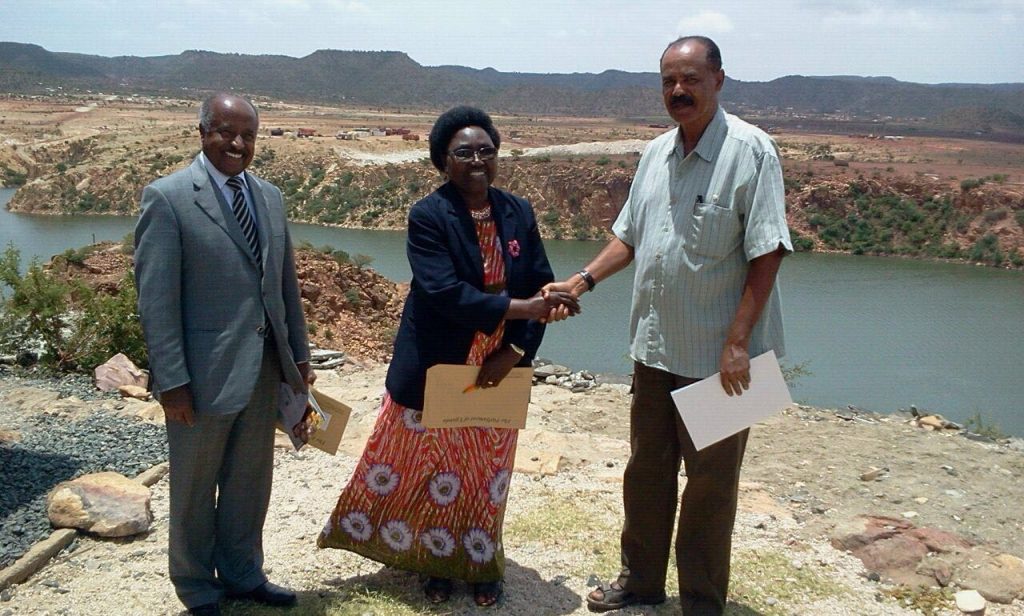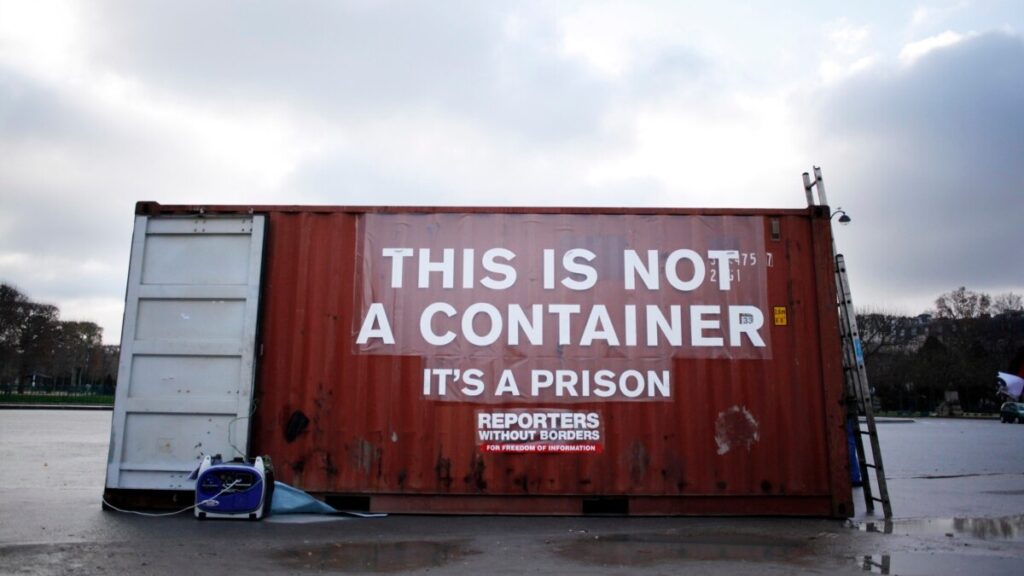The Uncertain Fate of Colonel Bezabih Petros: An Eyewitness Account of His Capture During the Ethio-Eritrean War
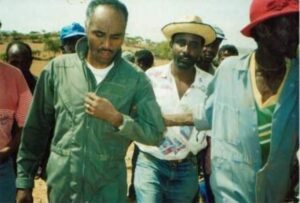
Colonel Bezabih Petros, an Ethiopian pilot, parachuted from his plane onto Eritrean soil amidst the Ethio-Eritrean war of 1998-2000. His current whereabouts remain a mystery. Is he still imprisoned, or has he died? Allow me to recount my observations from the day of his capture.
It was a typical midday on Saturdy, June 6, 1998, when Colonel Petros ejected from his burning MiG-21 jet, presumably shot down by a Zu-23 anti-aircraft gun at Asmara Airport. This particular gun had historically been used by Eritrean guerrilla fighters.

Zu-23
Eritrea was woefully unprepared for aerial assaults at that time, lacking adequate radar and missile systems to detect and engage enemy aircraft. This deficiency allowed three MiG-21 planes to penetrate deep into Eritrean airspace undetected. Only two returned; the third, piloted by Colonel Petros, was trailing black smoke and falling to earth.
As the plane descended, I chased after the ejecting pilot, predicting his landing site in the village of Aditsenaf. By the time we reached him, local farmers had already detained him. He attempted to flee but ultimately surrendered his pistol while warning of potential violence.
Despite the tension, I conversed with him; he confirmed he had sustained chest injuries. We quickly evacuated the area amidst growing unrest. During our car ride to Asmara, Colonel Petros explained that his mission targeted the airport, not civilians, in retaliation for Eritrean Air Force strikes on Mekele

BezabihPetros at the time of his capture on June 6, 1998
The situation escalated as we approached Asmara, with traffic building up and local journalists identifying Colonel Petros. Despite the chaos, he remained calm and discussed local architecture and life in Asmara with me, seemingly unfazed by the capture.
Upon reaching the president’s office, we encountered bureaucratic delays but were eventually allowed inside. Inside, I handed over the pilot’s belongings to an official as directed by General Sibhat Efrem.
Following this, we were taken to a local radio and TV station for further interviews. That was the last I saw of Colonel Bezabih Petros.
 President office Asmara
President office Asmara
Analysis and Conclusion:
Colonel Petros’ composed demeanor during capture and his prior association with Shaebia suggest he might have been covertly allied with Eritrean security services. Given his historical ties and the strategic importance of his mission, it’s plausible that his capture was not merely incidental but part of a broader geopolitical strategy.
Questions about his intended role, the decision to have him fly the mission, and the subsequent handling of his capture by Eritrean authorities point to a complex interplay of espionage, politics, and military strategy. The narrative surrounding his capture and the fate of other military figures hint at deeper, ongoing operations to manipulate public perception and maintain control over military secrets.
Colonel Petros’ story embodies the murky waters of East African politics where loyalty, betrayal, and survival intersect in unpredictable ways, leaving more questions than answers about his ultimate fate and the true dynamics of his capture.
Divora (king Divora-Pen name)
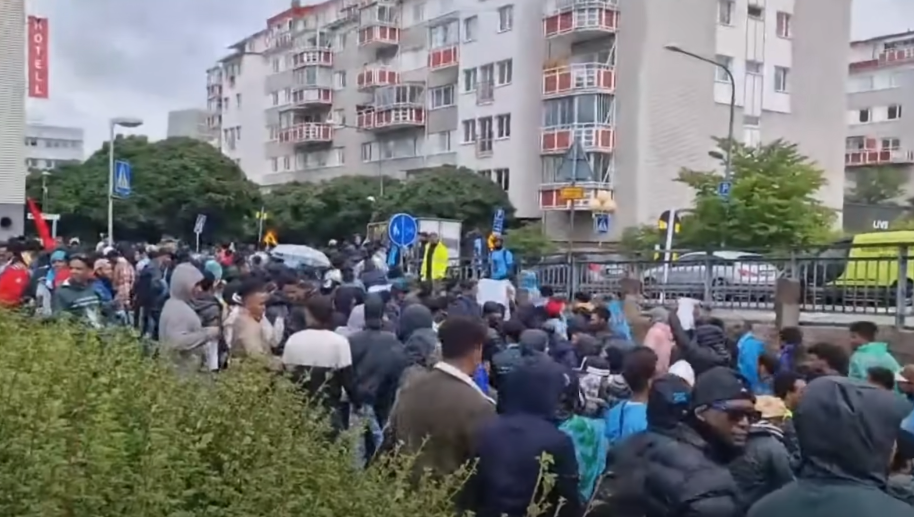
The ardent supporters of HIGDEF when are you going to figure it out?
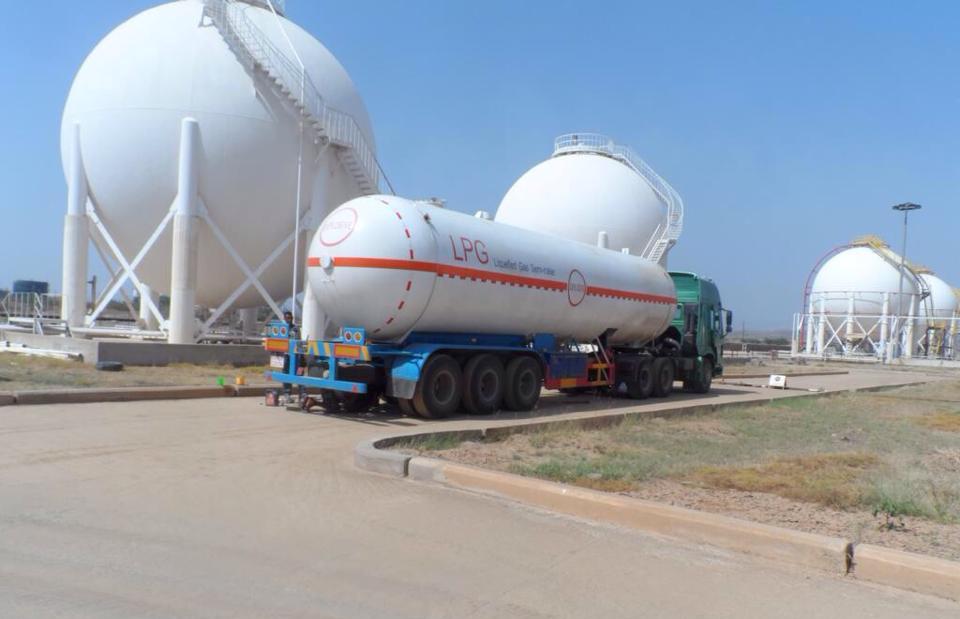
Oil and Gas in Eritrea: Potential and Exploration

A Journey of Exile and Hope: Building a New Life in Switzerland
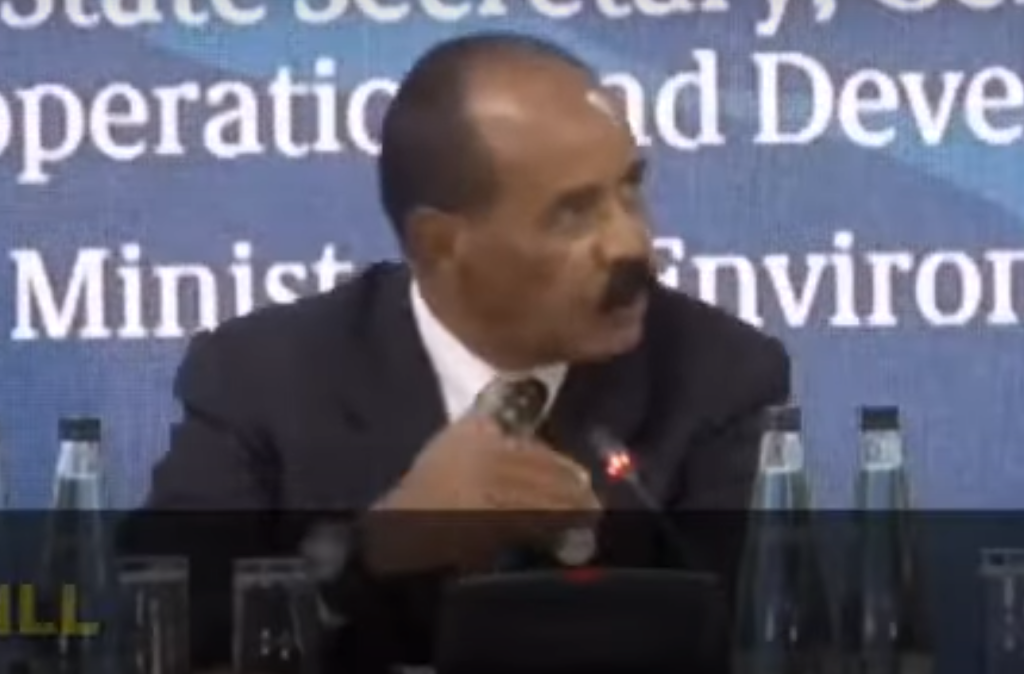
ድንበር የሌለው ዲክታቶር ይሉሃል ይሄ ነው




